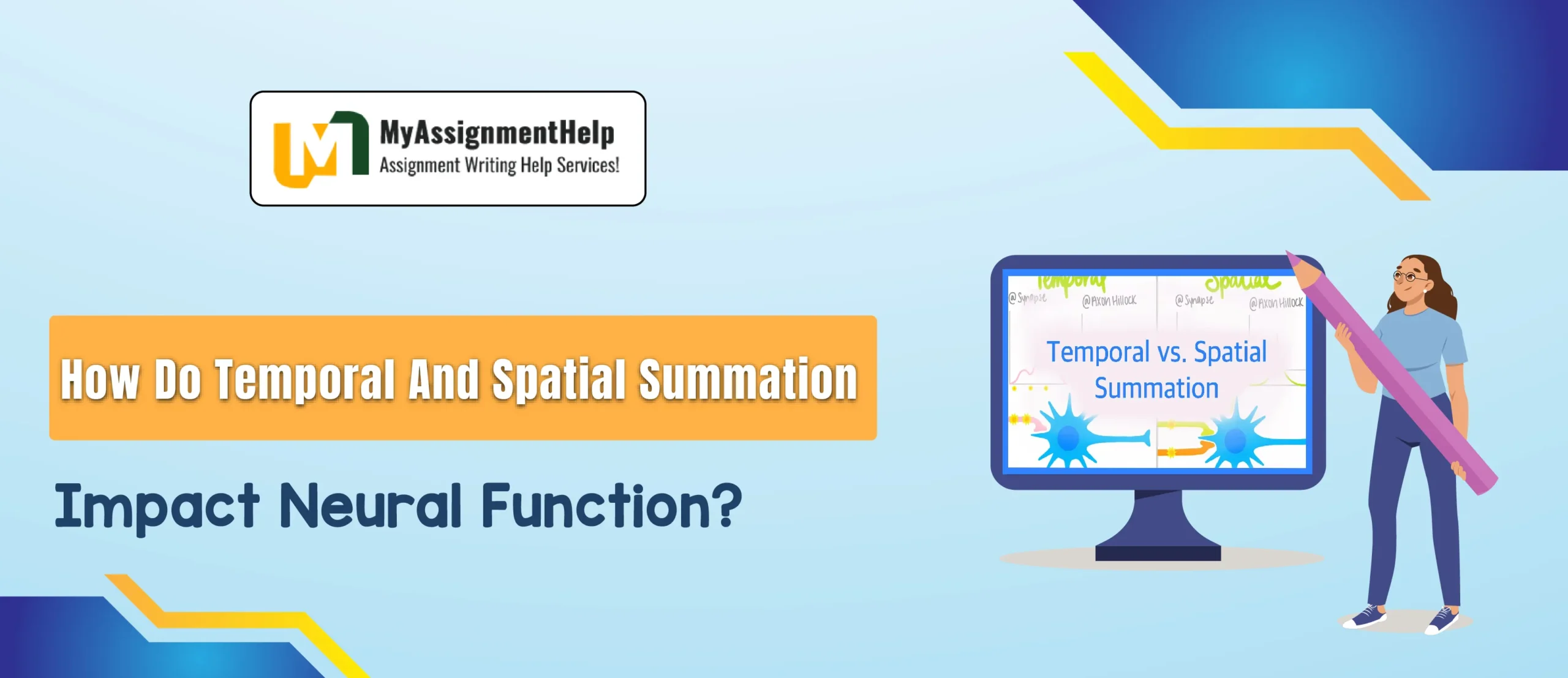Neurons are the building blocks of the nervous system, transmitting signals throughout the body to coordinate a myriad of functions. When it comes to understanding how neurons communicate and integrate signals, the concepts of temporal vs spatial summation online play crucial roles. Let’s dive into these ideas and explore how they impact neural function.

Temporal Summation
Temporal summation refers to the process by which multiple action potentials, or “spikes,” from a single presynaptic neuron occur in quick succession, leading to a cumulative effect on the postsynaptic neuron. This form of summation is critical because it allows a presynaptic neuron to have a greater influence on its target neuron, potentially triggering an action potential when a single signal might not be sufficient.
When a neurotransmitter is released from a presynaptic neuron, it binds to receptors on the postsynaptic neuron, causing a change in the membrane potential. If this change is strong enough and occurs in quick succession, it can lead to an action potential in the postsynaptic neuron. The key aspect of temporal summation is timing; the quicker the signals are delivered, the more likely they are to create a significant cumulative effect.
Temporal summation is important in contexts where rapid communication is required. For example, in reflex arcs or during muscle contractions, quick and repeated signals can ensure an appropriate response.
Spatial Summation
Spatial summation involves the integration of signals from multiple presynaptic neurons at different synapses on a single postsynaptic neuron. This can occur when signals from multiple neurons converge onto a single neuron, creating a cumulative effect. The critical aspect of spatial summation is the convergence of signals from different locations, as opposed to the timing of those signals.
Spatial summation is essential for integrating information from different sources, allowing for more complex processing in neural circuits. For instance, in sensory processing, multiple neurons might converge onto a single neuron, providing a more comprehensive signal that represents multiple stimuli or sources of information. This convergence can also lead to an action potential if the cumulative effect is strong enough.
Comparing Temporal and Spatial Summation
While both temporal and spatial summation contribute to neural function, they do so in distinct ways. Temporal summation relies on rapid-fire signals from a single neuron, emphasizing the importance of timing. Spatial summation, on the other hand, emphasizes the convergence of multiple signals, highlighting the importance of integrating information from different sources.
Understanding the differences between these types of summation is crucial for students and professionals studying neuroscience or related fields. It can help to clarify how the brain processes information and orchestrates complex behaviors.
Utilizing Online Resources for Assistance
If you’re a student seeking to understand temporal and spatial summation or need help with assignments related to these topics, there are various online resources available. Websites like “Assignment Expert” and “My Assignment Help” offer assistance with academic tasks, providing guidance and support for those who need it. These platforms can be invaluable when grappling with complex neuroscience concepts or preparing for exams.
Similarly, services like “BookMyEssay” cater to students who require help with assignments, offering expert assistance in various subjects. These platforms can be a great resource for students who need additional support, whether it’s for understanding complex concepts like temporal and spatial summation or for other academic tasks.
Conclusion
Temporal and spatial summation are fundamental concepts in neuroscience that play a crucial role in how neurons communicate and integrate signals. Temporal summation focuses on the timing of signals from a single neuron, while spatial summation involves the convergence of signals from multiple neurons. Both types of summation contribute to the complex and intricate functioning of the nervous system.
If you’re struggling to understand these concepts or need help with related assignments, online resources assignment writing help can be valuable tools to aid your learning and academic success. Leveraging these platforms can provide you with the guidance and support needed to master these challenging topics and excel in your studies.





